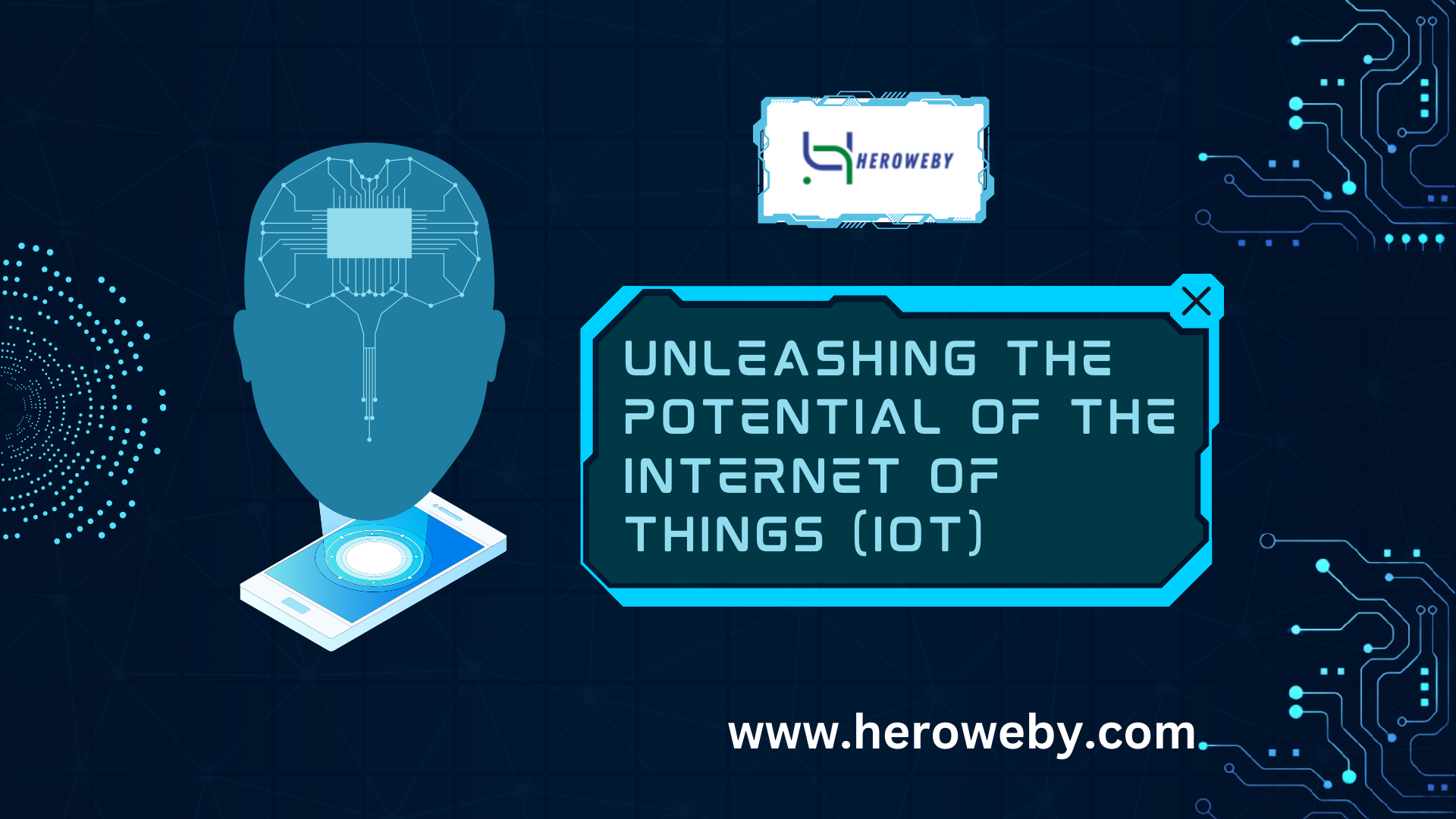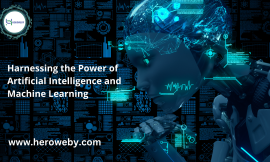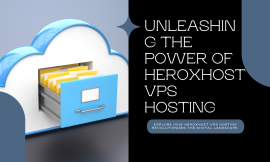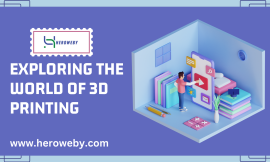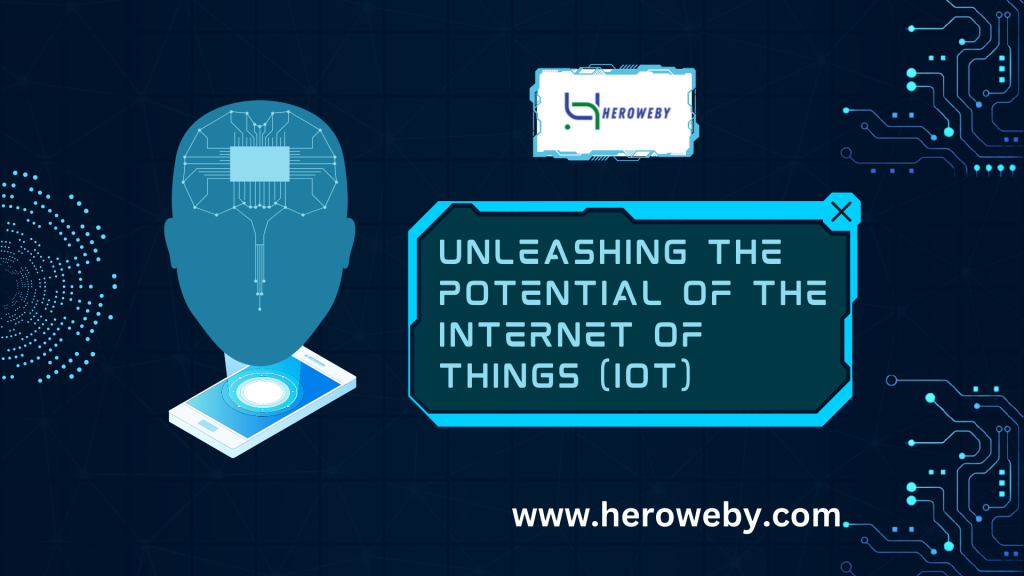
Unleashing the Potential of the Internet of Things (IoT)
The Internet of Things (IoT) is transforming how we live, work, and engage with our environment in today’s networked world. The Internet of Things (IoT) is a network of physical items like cars, appliances, and other machinery that are equipped with connectivity, software, and sensors to collect and share data.
This game-changing technology has the potential to spur innovation across industries, increase productivity, and elevate the standard of living.
1. Enhancing Everyday Life
By enabling smarter houses, sometimes known as “smart homes,” the IoT has the potential to drastically change how we go about our daily lives.
Smart homes provide comfort, convenience, and energy economy, from remote monitoring of security systems to automatic lighting and temperature management. We can control and interact with numerous areas of our houses using straightforward voice commands using IoT-enabled devices like voice assistants.
2. Revolutionizing Healthcare
The healthcare sector will be significantly impacted by IoT applications. Real-time patient monitoring is made possible by connected medical equipment and wearables, allowing for the early identification of health problems and prompt care.
For instance, remote patient monitoring systems enable ongoing vital sign monitoring, ensuring improved management of chronic illnesses and lowering hospital readmissions. Additionally, IoT-based inventory management systems in healthcare facilities improve the supply chain process, ensuring medicine availability and minimizing waste.
3. Improving Industrial Operations
Industrial processes are changing because of IoT technology, which has improved production, decreased costs, and increased safety. Predictive maintenance is made possible by Industrial IoT (IIoT), which gathers and analyzes real-time data from equipment sensors.
This method reduces downtime and optimizes maintenance plans by identifying probable faults before they happen. IoT-enabled tracking and monitoring solutions also improve the visibility of the supply chain, resulting in effective inventory management and simplified logistics.
4. Smarter Cities
The idea of “smart cities” uses IoT to develop intelligent urban settings. Cities may optimize resource use, boost public safety, and improve traffic management by using sensors and connected infrastructure.
As an illustration, IoT-enabled traffic management systems track current traffic patterns, modify traffic lights as necessary, and provide other routes to ease congestion.
Systems for smart street lighting alter brightness according to consumption patterns to save energy and money. Additionally, IoT-driven surveillance technologies help law enforcement organizations maintain public safety.
5. Transforming Agriculture
Precision farming and sustainable practices are made possible by IoT, which is making waves in the agriculture industry. In order to optimize irrigation and fertilization, farmers can use smart agriculture technologies that use sensors to measure soil moisture, temperature, and nutrient levels.
This increases crop output while using less water overall. IoT tools are also useful for tracking the health of cattle, spotting diseases early, and improving animal welfare. These developments aid in addressing issues related to food security and promote sustainable agricultural practices.
Conclusion
The way we connect with the world around us is being completely transformed by the Internet of Things. IoT is altering industries and enriching our quality of life by transforming our homes into smart surroundings, enhancing industrial operations, creating smarter cities, and revolutionizing agriculture.
Addressing issues with data privacy, security, and interoperability is essential as technology develops further.
The Internet of Things (IoT) has the ability to open up new opportunities and build a more connected and effective future with adequate regulation and collaboration.

